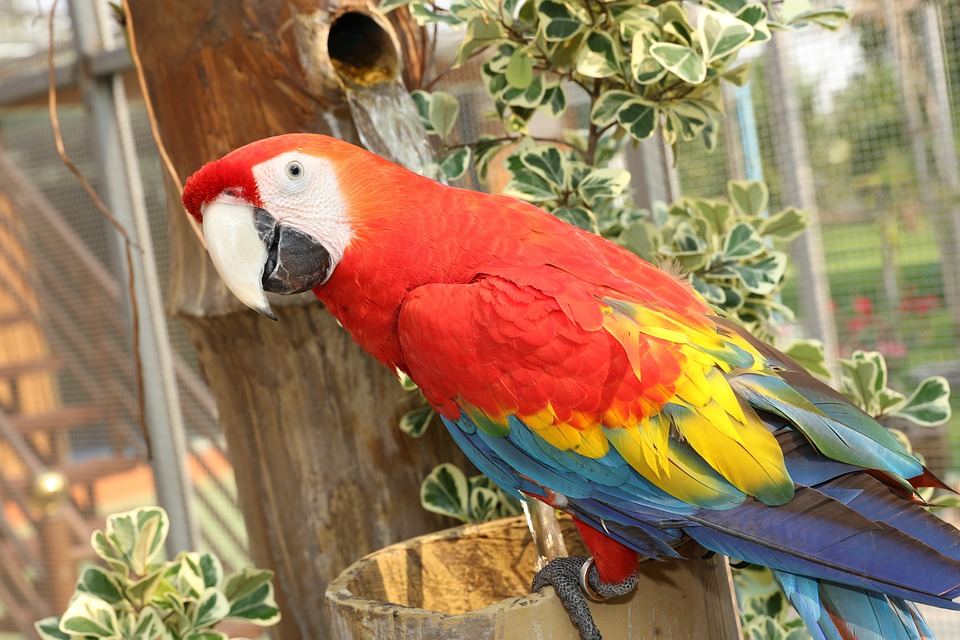Parrot training can be an enjoyable and fulfilling experience, but it is not without its challenges. One common hurdle that parrot owners often face is encountering training plateaus. These plateaus occur when your parrot seems to reach a point where they are no longer progressing in their training. However, with the right techniques and a positive reinforcement approach, you can overcome these plateaus and continue to advance your parrot’s training.
To understand training plateaus, it is essential to recognize their definition and causes. A training plateau is a period when your parrot’s progress seems to stall or slow down. This can happen due to various reasons, such as boredom, lack of motivation, or a lack of clarity in your training methods. Recognizing the signs of plateaus in parrot training is crucial, as it allows you to address them promptly. These signs may include your parrot becoming unresponsive to cues, losing interest in training sessions, or exhibiting frustration or boredom.
Positive reinforcement training is a powerful tool in overcoming training plateaus. This training approach focuses on rewarding desired behaviors and ignoring or redirecting unwanted behaviors. By using positive reinforcement, you create a positive and rewarding learning experience for your parrot, which encourages them to continue progressing in their training. The benefits of positive reinforcement training are numerous, including increased motivation, improved trust between you and your parrot, and enhanced problem-solving skills.
When applying positive reinforcement in parrot training, it is essential to analyze your training methods and techniques. Look for potential issues that may be hindering your parrot’s progress. This could include using inconsistent cues, overloading your parrot with information, or not providing enough variety in training sessions. Once you identify these issues, you can modify your training strategies accordingly. Break down complex tasks into achievable steps, provide clear and consistent cues, and introduce new and engaging training exercises to keep your parrot motivated.
Setting realistic expectations and goals is another crucial aspect of addressing training plateaus. Understand that every parrot is unique, and progress may vary from bird to bird. Be patient and avoid rushing your parrot’s learning process. Set achievable goals that align with your parrot’s abilities and personality. Celebrate small victories and gradually build on them to foster continuous growth in your parrot’s training.
In addition to these strategies, there are specific techniques that can enhance positive reinforcement training with your parrot. Clicker training is a powerful tool that allows you to mark desired behaviors with a distinct sound, followed by a reward. This helps your parrot understand precisely what behavior is being reinforced. Shaping behaviors involves breaking down complex tasks into smaller, more manageable steps. This allows your parrot to learn and progress at their own pace. Target training is another interactive training technique that engages your parrot and strengthens the bond between you.
To address common concerns and questions, a section of frequently asked questions (FAQs) can be included in the article. These FAQs can address issues such as parrot disinterest in treats during training, the ideal duration and frequency of training sessions, dealing with fear or aggression during training, and using positive reinforcement to address behavioral issues.
In conclusion, positive reinforcement techniques can help overcome training plateaus and promote continuous growth in your parrot’s training. By analyzing your methods, identifying potential issues, and modifying your strategies, you can break through plateaus and achieve remarkable results. Stay patient, set realistic goals, and focus on creating a positive and rewarding training experience for your parrot. With dedication and the right approach, you can strengthen your bond with your feathered companion and enjoy the benefits of a well-trained parrot.









